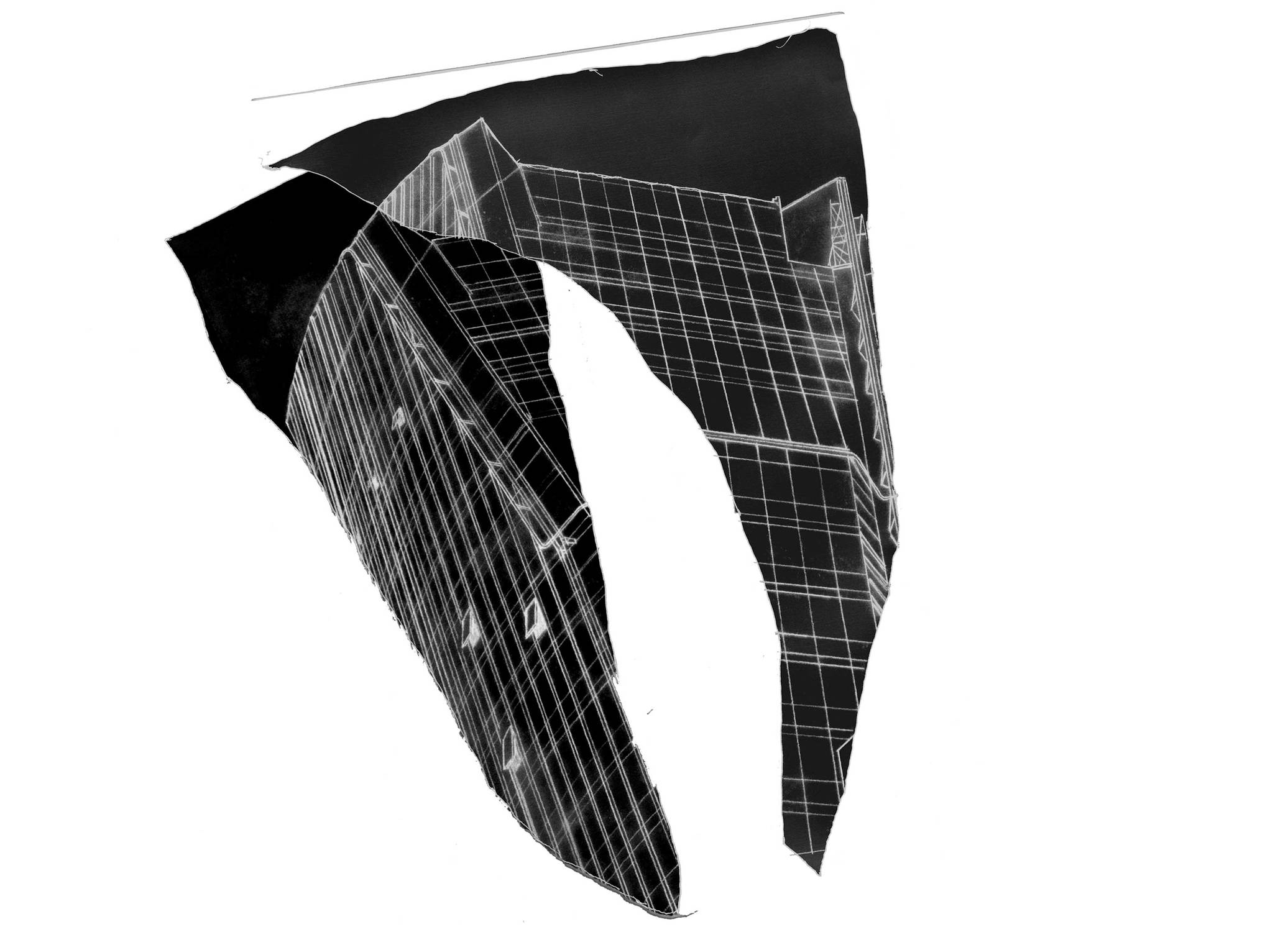The fact is that we spend a large part of our lives surrounded by architecture.
Cities are condensed spaces where we live and work. Our perspective is in part constructed along the avenues we walk or drive through and in the spaces within which our social interactions occur.
I am influenced by the ideology, evident in the teachings of schools such as Shantiniketan and Baroda, that stresses the importance of the construction of motifs that bear relevance to our immediate landscape. A motif implies the desire to communicate a social condition. The compositions created across this body of work were ignited by observations of progress and contemporaneity I witnessed in travels near and far.
The work titled Nokia Tower, Vilnius, was born from a visit to this East European city a few years ago. Originally Soviet territory, Lithuania is now an independent Baltic state. It was one of the fastest growing economies in East Europe in the period before the economic collapse of 2008. Furious growth had ushered in change, albeit perilously quickly. This momentum collapsed post 2008. Across the river from the quaint central part of the city I came across a newborn economic zone, a cluster of skyscrapers, mirror clad, reflecting the clouded sky. This was Snipskes and the skyscrapers were now largely uninhabited, emptied by the crisis. The building that I photographed and came to use was the Nokia Tower, the headquarters of a telecommunications company we are all familiar with, a sign of a globalized world.
Optus Adelaide was based upon a towering building seamlessly wrapped in black glass that became my beacon as I walked across Adelaide in 2010. Optus is an Australian telecommunication company and its name throws up the word optical - optical cables for internet and phone-lines and of course, optical as in optics and related to vision.
General Post Office Srinagar is a study based upon the post headquarters in Srinagar situated on the banks of the river Jhelum. This Government building, a new construction, stands out from the old and traditional constructions along the “bund”. The post-office is, within the country, an important institution. Its signature red and white post offices are ubiquitous across its varied land. In a country with a population of a Billion people, many of which live in rural areas that are not easily accessible, the network of post-offices across the country represent a means of communication.
The images of the buildings were turned to drawings and then collaged. A reduced pallete was mobilized in painting them. The compositions in blue point to architectural blue-prints. The compositions appear sculptural even though the planes have been deliberately flattened. In lineage they are modernist, linking various registers of figuration in a search for form. The works of the Progressive Group is an important inspiration in the process of their making.
Below -
Srinagar Post Office
50X50cm, Acrylic on canvas
2015

Below -
Acrylic on Linen glued to Wood.
App 50 cm long and 35 cm in height.
2012

Below
Acrylic on Linen
80X80 cm each
2011

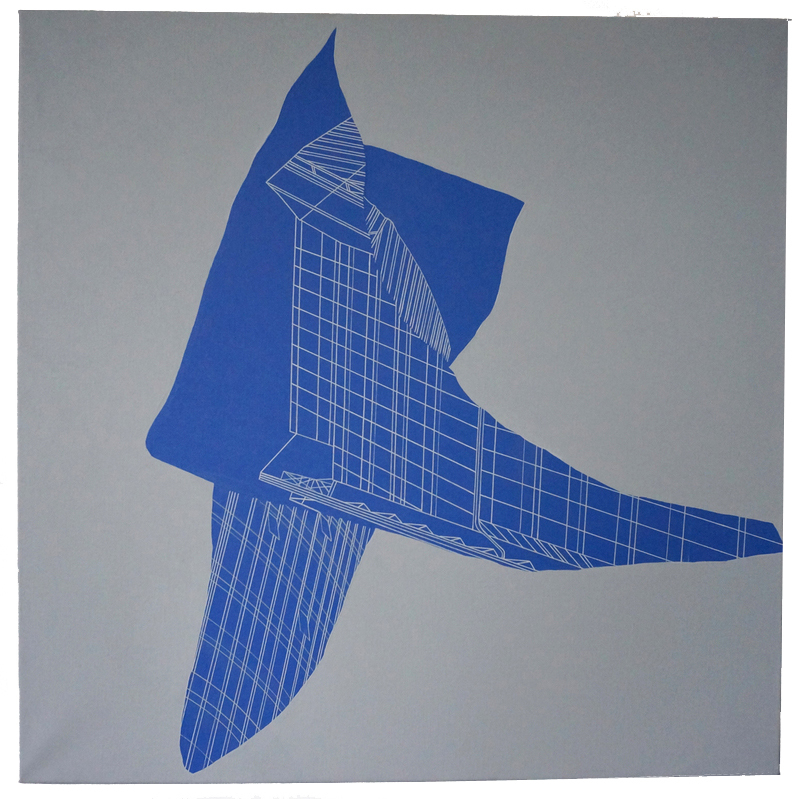

This building in Adelaide, is the local office of Singtel Optus Pty Limited, the second largest telecommunications company in Australia.
I was intrigued by this building in part because of its name,
"Optus" along with the fact that with its polished exterior, it
represents the kind of impregnable, glass-eyed architecture
we see so much around us today.
It became for me something of a beacon in an unfamiliar city,
visible from mosts parts of downtown Adelaide.
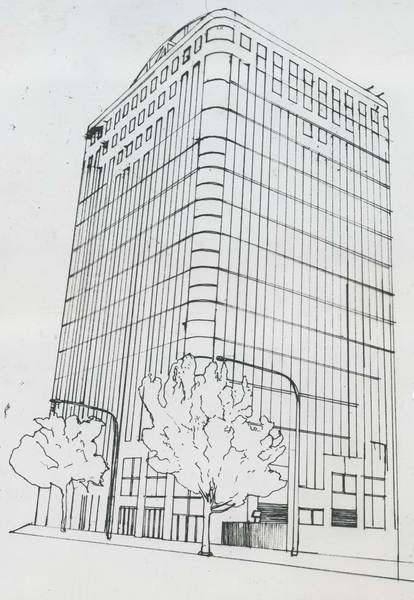
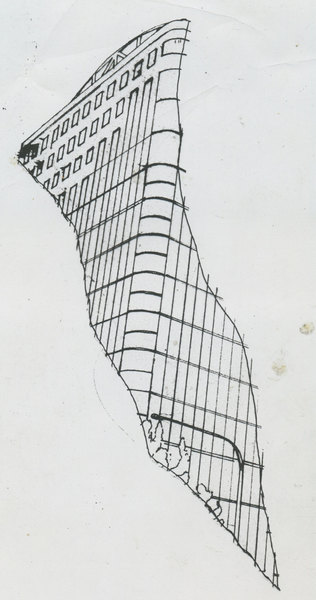
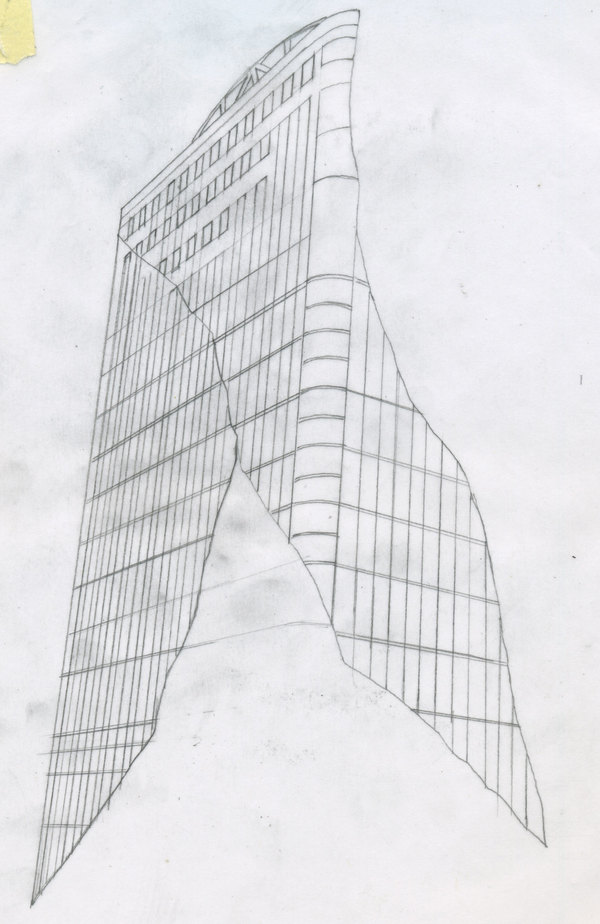

This is a photograph of Šnipiškes in Vilnius, Lithuania, a newly constructed commercial area just across the river Neris. It boasts of skyscrapers, including the Europa Tower, the tallest building in the Baltic states. The Nokia tower is yet another. The buildings were made of steel and glass, emblematic of progress and prosperity. Yet they were mainly empty, as the city was in the midst of an economic recession. I created a sketch of the Nokia tower and then experimented with it, creating a series of compositions.
